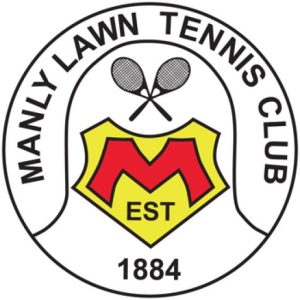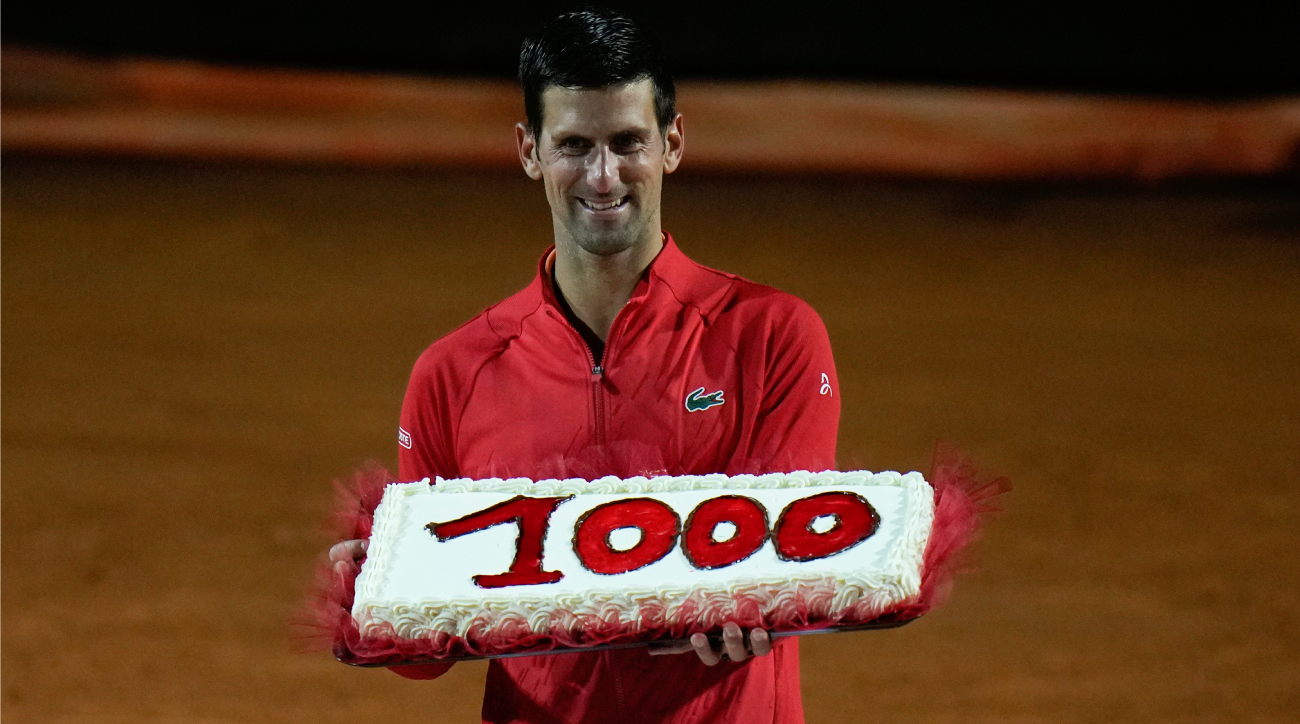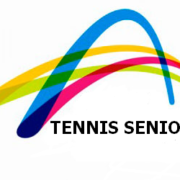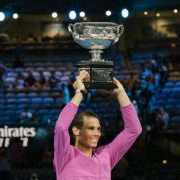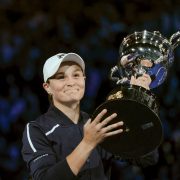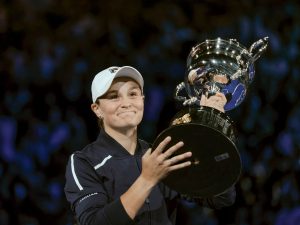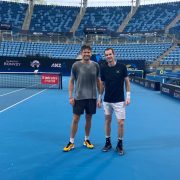The most underpublicized, underappreciated, possibly underrated tennis player of the last half-century died Thursday at Northridge Hospital. Her name was Darlene Hard, and she would have turned 86 on Jan. 6.
If you have never heard of her, you are in the majority. That isn’t an age thing. Her name draws a blank even from tennis fans in their 60s and 70s.
In her prime , she ranked with the best in the sport. She left Montebello, where her mother, Ruth, had taught her to play, after their relationship soured because Darlene, at age 15, started beating her mom. Darlene traveled the world, won big tournaments and shook hands with Queen Elizabeth, who handed her trophies. At one Wimbledon champions dinner, she sat next to Prince Philip and chatted him up. That was easy for somebody so full of life and so at ease with herself. “He was interesting, not stuffy at all,” she recalled a few years ago.
She returned home long enough to pursue a degree in pediatric medicine at Pomona College. While there, she won the first women’s intercollegiate national singles title. That was 1958, and she was already ranked No. 2 in the world. “I quickly saw that playing tennis was easier than studying to be a doctor,” she said.
Hard won a national hardcourt title with Billie Jean King , and also the deciding match of a Federation Cup win over Australia with King. King, perhaps the biggest name in the sport in the last 50 years — whose name is on the largest tennis facility in the world at the U.S. Open — spoke Friday with fondness, even awe about Hard. “She was amazing, one of my heroes,” said King, who is eight years younger than Hard. “She was a great doubles player, had quick hands and was a great athlete. I was 13 years old when she asked me to play the national hardcourts with her. We won, but I was so afraid I was going to let her down.”
In 1959, Rod Laver , who is 83 now, got to the finals of the Wimbledon men’s singles, doubles and mixed doubles. That year, he won only the mixed doubles. His partner was Hard. Laver, whose tennis legacy matches King’s and who is the only male player to win all four major tournaments in the same year — he did that twice — spoke Friday of Hard as if she were the star of their pairing. “I’d go out onto the court with her and I’d tell the other team that I wouldn’t have to hit any overheads. Darlene would hit them all,” he said. “They’d start hitting hard shots at her at the net and she would get them all back. Pretty soon, the word was out. You better hit the ball at Laver.” They played the Wimbledon mixed doubles again the next year and won again. “She was just a great doubles player, maybe one of the best ever at mixed,” Laver said.
She wasn’t bad in singles, either. She won two U.S. Open titles, one French and lost twice in the Wimbledon final. In total, she won 21 Grand Slam event titles in singles, doubles and mixed, had a record of 14-4 at the French, 29-7 at Wimbledon and 43-9 at the U.S. Nationals (now the Open). And her best title was her last. Hard had retired five years earlier and begun teaching tennis at facilities she owned in the San Fernando Valley. She promised one of her students that, if she made it through a qualifier event, she would play doubles with her at the U.S. Open. This was 1969, the second year of tennis’ Open Era, when players could actually be paid for winning. To that point, all of Hard’s tennis successes had brought her a total financial payout of $200.20. That was seven years of expense money — $28.60 a year — given out at Wimbledon. But in 1969, she wasn’t allowed to play with her student, an amateur player, because Hard was a pro. A teaching pro. “I never thought about that,” she said, when telling the story years later. Left to hang around with no partner, she ran into an acquaintance from her years of hitting with the guys at the L.A. Tennis Center. The acquaintance put her together with another player whose partner had jilted her. “Darlene Hard, meet Francoise Durr,” said Pancho Gonzalez.
Durr, a veteran from France with a high international ranking, played soft angles and served little lollipops that she courageously followed into the net. Hard served bullets, charged the net and popped hard-angled volleys. They were tennis’ odd couple. They made it to the final. Their opponents were Margaret Court and Virginia Wade, both veterans and big-time winners. Soon, Hard and Durr trailed 0-6, 0-2. Hard told Durr that they better get at least one game on the scoreboard to avoid total embarrassment. They won 12 of the next 17 games and the title. Hard got $1,000, bringing her grand total of career tennis winnings to $1,200.20. Hard returned full time to Los Angeles and to her tennis teaching job, disappearing from a sport that was just beginning to gain national and international popularity and attention. And she couldn’t have been happier about that. As outgoing and colorful as she was on the court, Hard was private off it. She became even more so over the years. The self-promoting athlete disgusted her, and she said so when asked. The thing is, she was seldom asked. Nobody knew where she was.
One of her tennis students was Mona Cravens, who was then, and still is, head of student publications at USC. One day, at her lesson, Cravens noticed a 3-by-5-inch card advertising tennis lessons. The card said that the teacher was “a two-time national champion.” In those days before Wikipedia, Cravens had to go to the USC library and look up this Darlene Hard. Sure enough. She had taken dozens of lessons from her and Hard never mentioned being a Grand Slam event champion or being No. 2 in the world. Cravens admired Hard’s work ethic, and soon, when a job opened up in the USC publications department, Cravens offered Hard a job — assuming all along that a tennis champion would not enjoy sitting in an office 40 hours a week. She was certain the answer would be no. She was wrong. That was 1981. Hard, in part fearing some bouts she had had with skin cancer, took the job. She did everything from designing USC yearbooks to doing internet searches of stories about USC. With a few bouts of illness interrupting the run, she stayed in that position until recently, when she had a fall and went into a coma from which she never awoke.
Around USC, she was known as “Darlene in publications,” not “Darlene, famous tennis champion.” There may be hundreds of USC faculty and students who will read an obit about her and be stunned that Darlene in publications was actually Darlene Hard, who for four or five years in the late ’50s and early ’60s, was the best women’s tennis player in the world. Her achievement of anonymity would make Darlene happy. Once she put tennis in her rearview mirror, that’s the way she wanted it.
